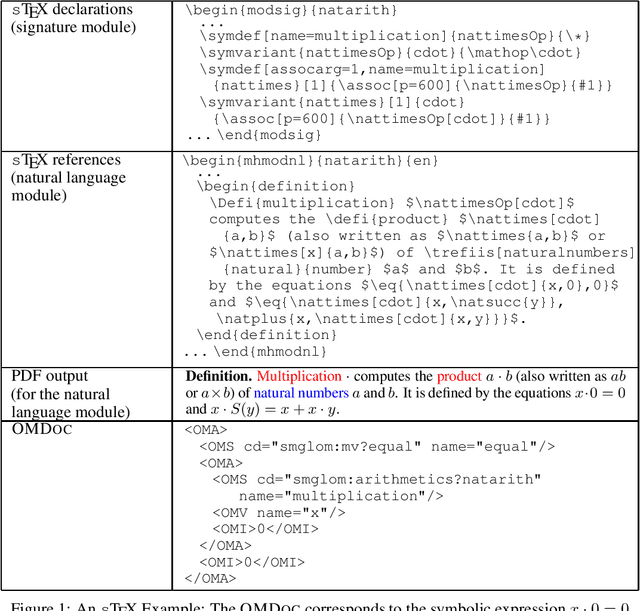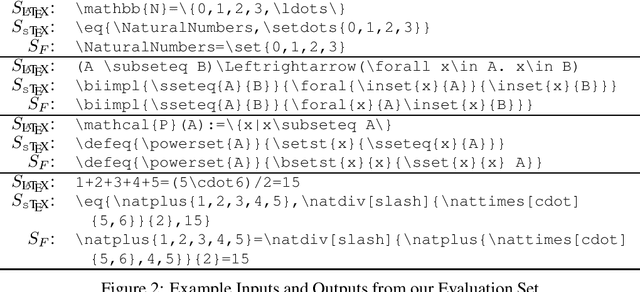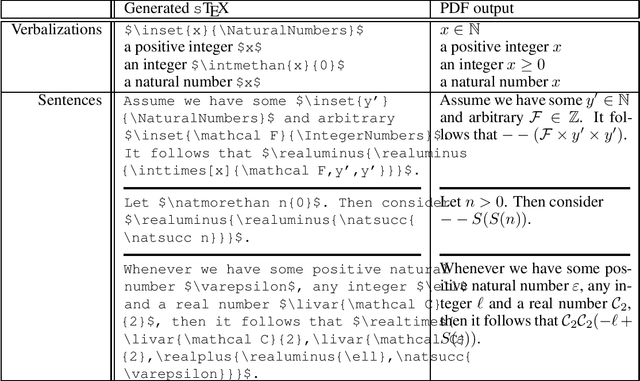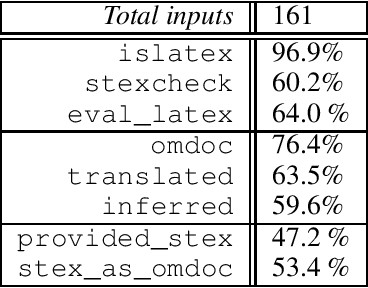Dennis Müller
An Interactive Explanatory AI System for Industrial Quality Control
Mar 17, 2022Abstract:Machine learning based image classification algorithms, such as deep neural network approaches, will be increasingly employed in critical settings such as quality control in industry, where transparency and comprehensibility of decisions are crucial. Therefore, we aim to extend the defect detection task towards an interactive human-in-the-loop approach that allows us to integrate rich background knowledge and the inference of complex relationships going beyond traditional purely data-driven approaches. We propose an approach for an interactive support system for classifications in an industrial quality control setting that combines the advantages of both (explainable) knowledge-driven and data-driven machine learning methods, in particular inductive logic programming and convolutional neural networks, with human expertise and control. The resulting system can assist domain experts with decisions, provide transparent explanations for results, and integrate feedback from users; thus reducing workload for humans while both respecting their expertise and without removing their agency or accountability.
Disambiguating Symbolic Expressions in Informal Documents
Jan 25, 2021



Abstract:We propose the task of disambiguating symbolic expressions in informal STEM documents in the form of LaTeX files - that is, determining their precise semantics and abstract syntax tree - as a neural machine translation task. We discuss the distinct challenges involved and present a dataset with roughly 33,000 entries. We evaluated several baseline models on this dataset, which failed to yield even syntactically valid LaTeX before overfitting. Consequently, we describe a methodology using a transformer language model pre-trained on sources obtained from arxiv.org, which yields promising results despite the small size of the dataset. We evaluate our model using a plurality of dedicated techniques, taking the syntax and semantics of symbolic expressions into account.
 Add to Chrome
Add to Chrome Add to Firefox
Add to Firefox Add to Edge
Add to Edge